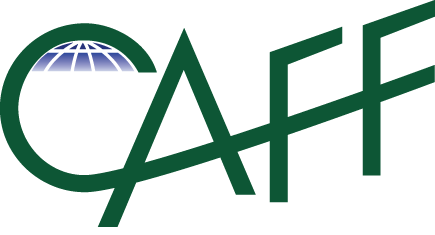1000000
Type of resources
Available actions
Topics
Keywords
Contact for the resource
Provided by
Years
Representation types
Update frequencies
status
Scale
-
Appendix 20. Arctic indigenous languages status and trends. Data used to compile the information for the table was collected from both census records and academic sources, each of the CAFF countries and indigenous peoples organizations (Permanent Participants to the Arctic Council) where possible also provided statistical information.
-
Appendix 11. Taxa of hetorotrophic protists reported from Foxe Basin, Canada (FB), Disko Bay, W Greenland (DB; Vors 1993), the Greenland Sea (GLS; Ikävalko & Gradinger 1997) and Northern Baffin Bay, Canada (NBB; Lovejoy et al. 2002).
-
Appendix 9.5 The assignment of liverwort genera of Arctic Russia to families after Konstantinova et al. (2009) and Damsholt (2002)
-
Appendix 9.2 The 106 Arctic endemic vascular plant species (with PAF code number) and their distribution in the Arctic floristic provinces and subzones (A-E) compiled from Elven (2007).
-
Appendix 9.7 Species list with full names of liverworts of Greenland according to Damsholt (2010, unpublished) including 22 families, 50 genera and 173 species.
-
Appendix 9.8 The thirty moss families of the Canadian Arctic Archipelago with reference number (Ireland et al. 1987) in brackets. Number of species in each family, number of genus in family, and number of species in each genus are given. Species-rich genera and families are highlighted in grey.
-
Breeding bird species in the different geographic zones of the low and high Arctic
-
Appendix 10.2. Data on diversity of lichens and lichenicolous fungi in the Arctic and separately for the sectors of the Arctic (Beringia, Canada, North Atlantic, European Russia, W and E Siberia) and the single floristic provinces: numbers of species, numbers of species in the low and high Arctic, percentage of species with respective growth form (crustose, squamulose, foliose, fruticose), the estimated number of missing crustose lichen species (explanations below), percentage of species on the respective substrate on which the lichen species grow, and rarity of species within and outside the Arctic.
-
Appendix 9.4 Stabilized introductions (*) and casual introductions (**) among the vascular plants in the Arctic derived from Elven (2007) with indication of PAF code number. Arctic floristic provinces and subzones according to Elven (2007).
-
Appendix 17.2. Cryptic speciation in selected Arctic terrestrial and marine species.
 CAFF - Arctic Biodiversity Data Service (ABDS)
CAFF - Arctic Biodiversity Data Service (ABDS)